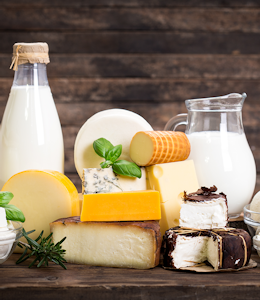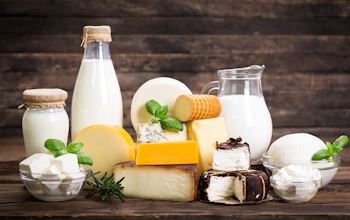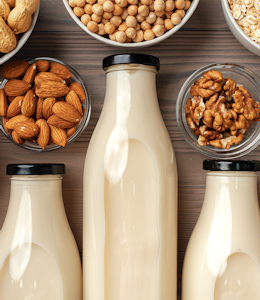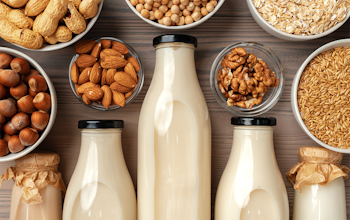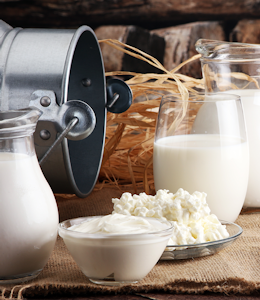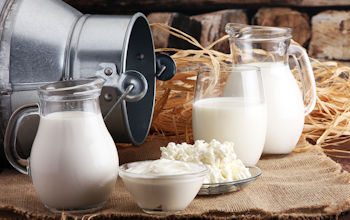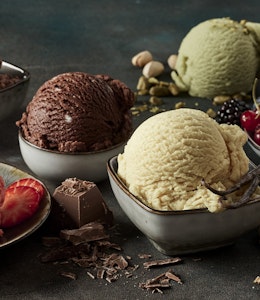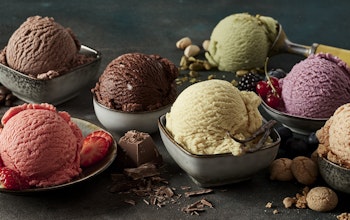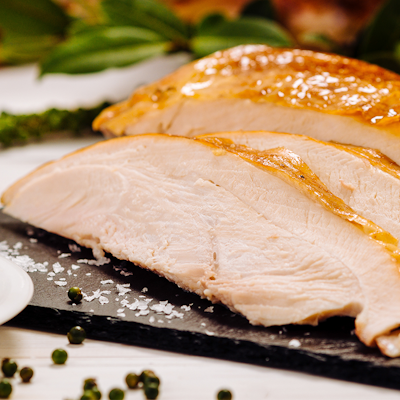What is milk? Is milk an allergen? Why is milk pasteurised? And more…
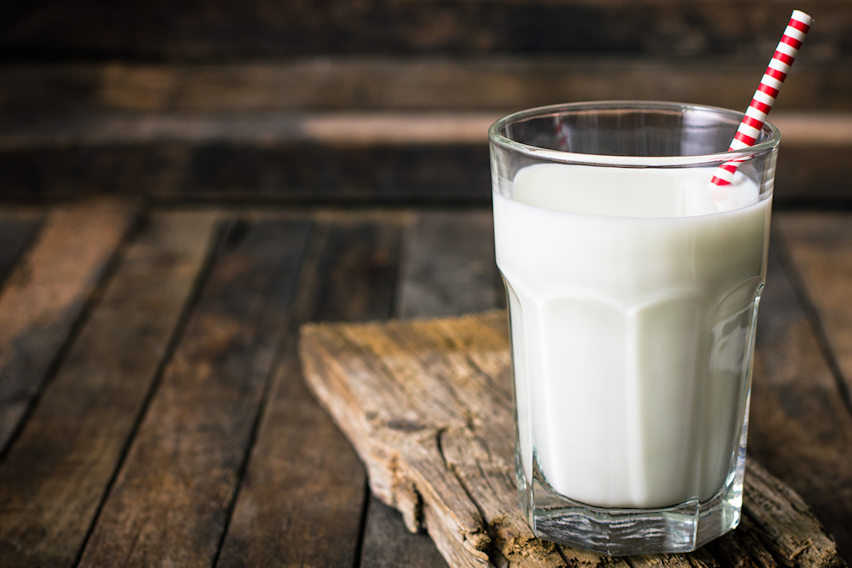
We’re answering all the important questions when it comes to milk…
They are:
- What is milk?
- Is milk good for you?
- What animals does milk come from?
- Is milk an allergen?
- Can you be allergic to milk?
- Is milk gluten-free?
- What is milk used for?
- Is milk good for acid reflux?
- What’s an alternative to milk?
- Is milk a protein?
- Can you drink raw milk?
- Is milk keto?
- What is lactose intolerance?
- What is milk fortification?
- Why is milk pasteurised?
Now let’s find out the answers...
What is milk?
Milk is a white liquid (a combination of butterfat globules and water-based fluid) that is produced by the mammary glands of mammals to feed their babies.
Milk from mammals such as cows, goats and sheep is popularly consumed by humans.
Is milk good for you?
Yes, milk is very nutritious, and full of vitamins and minerals. It contains all 9 amino acids, and is a rich source of protein (an average glass contains 8g of protein), and helps the body recover after exercise.
Milk is best known nutritionally for being very good for bone-health, this is down its high levels of calcium, phosphorus and potassium.
What animals does milk come from?
All mammals produce milk, but the milk used for human consumption primarily comes from cows, goats, buffalo and sheep. Milk from horses, reindeers, yaks and donkeys is also sometimes available for drinking.
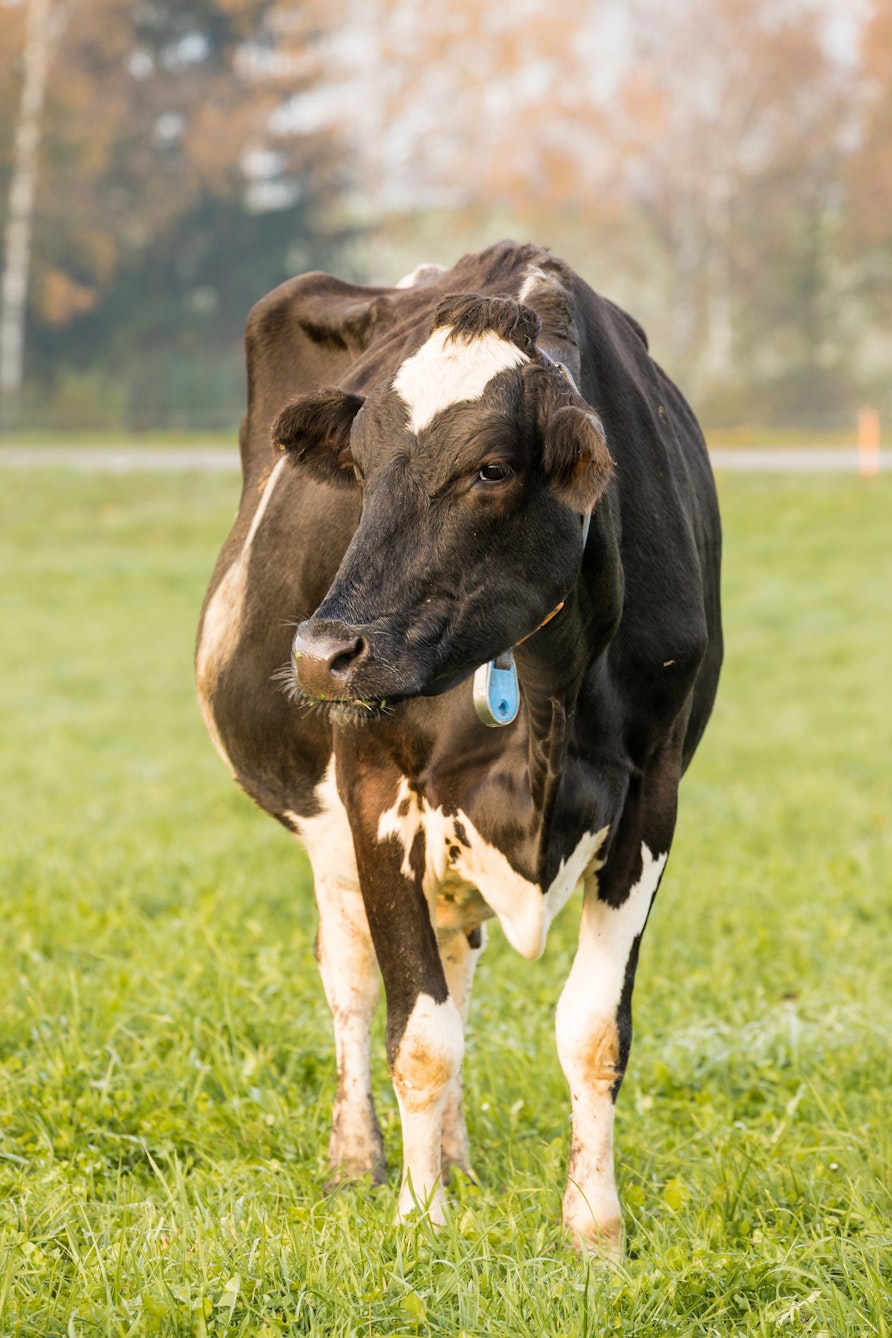
Is milk an allergen?
Yes, milk is one of the 14 major food allergens. Caterers and food businesses are required by law to be able to provide customers with accurate information on the EU’s 14 major food allergens if they are included in any of the food products they produce, sell or serve.
Can you be allergic to milk?
Yes, you can be allergic to milk. A milk allergy is a body’s immune system responding negatively - or even fatally - to milk, or a product containing milk. A milk allergy usually refers to cow’s milk, but people can be allergic to sheep, goat, and buffalo milk too.
An allergy occurs when a person’s body misidentifies a harmless substance as being dangerous, and triggers a reaction from the immune system. These reactions can vary, and include anything from uncomfortable itching to life-threatening anaphylaxis.
Allergic reactions from milk are caused by one or more of the proteins in it - these proteins can be found in 2 parts of the milk:
- Curd - this is what causes milk to curdle and solidify in chunks when it goes sour, and contains caseins, proteins that slowly release amino acids into the body.
- Whey - the watery part left in milk after it has curdled and gone sour.
People who suffer from a milk allergy can be allergic to either or both of these milk parts.
You can find out more about a Milk allergy in our Allergen Deep Dive: Milk.
Is milk gluten-free?
Dairy milk is gluten-free, and therefore suitable for consumption for those with a Cereal containing Gluten, Coeliac disease or a gluten intolerance.
However, not all plant-based milks are gluten-free - oat milk for example, is made from oats, a Cereal containing Gluten.
What is milk used for?
Milk is consumed as a nutritious drink, both cold and heated, and is commonly processed into products such as cream (double cream, single cream, whipped cream, soured cream), butter, cheese, yoghurt and ice cream.
Milk is also used as an ingredient in cooking and baking, added to tea and coffees, and an ingredient in non-food products such as toiletries.
Here is a list of foods and drinks that may contain Milk:
- Butter
- Cheese
- Cream
- Milk powder
- Yoghurt
- Ice cream
- Custard
- Ghee
- Chocolate
- Buttermilk
- Whey
- Rennet
- Powdered soup and sauces
- Glazes on food
- Natural flavourings
- Caramel flavouring
- Instant mashed potatoes
- Ready meals
- Pasta sauce
- Protein powder
- Roux sauce
- Cereal
- Biscuits
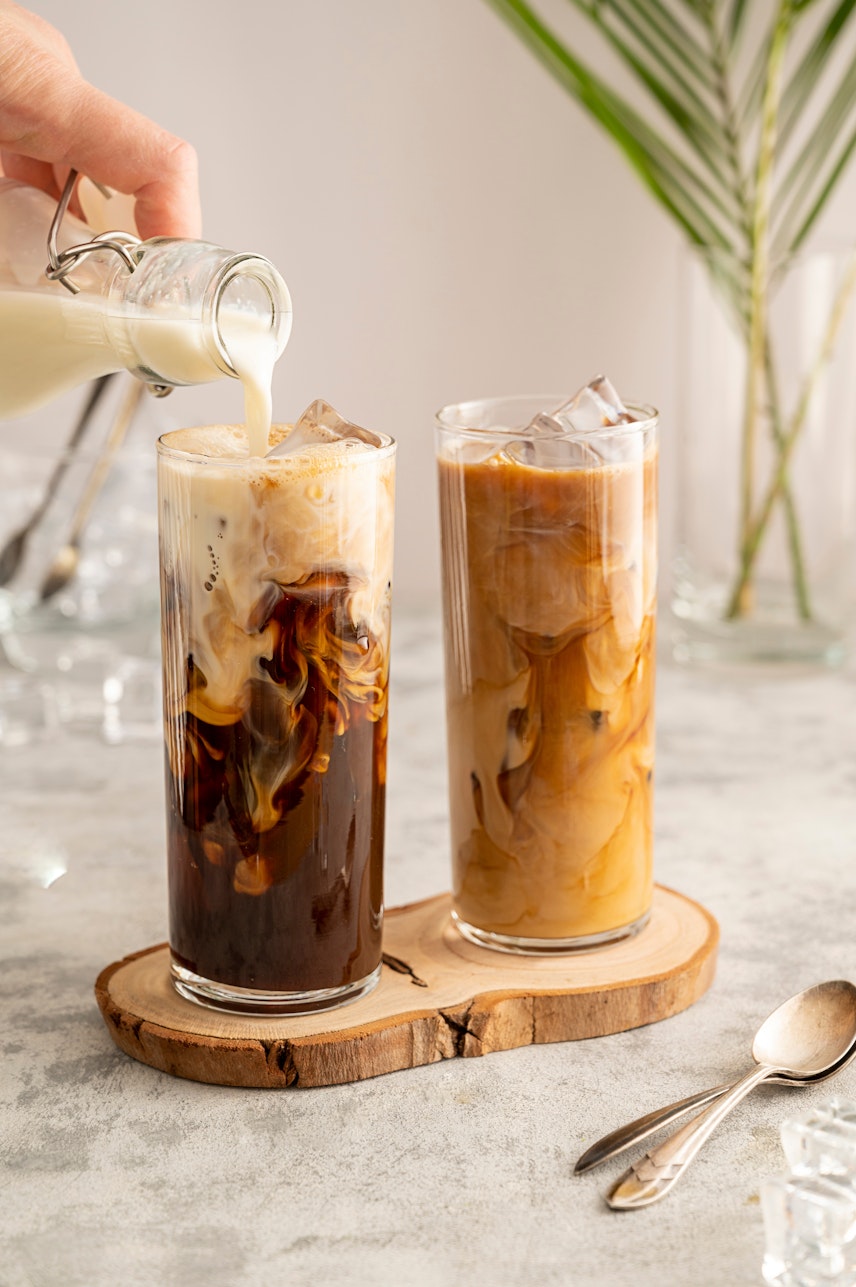
Is milk good for acid reflux?
Whilst skimmed milk can coat the stomach lining and lessen the aggravation of contact from stomach acid, in general milk is not good for acid reflux as the fat in whole or semi-skimmed milk aggravates heartburn and acid reflux.
A plant-based milk such as Almond or an anti-inflammatory such as ginger or turmeric tea is a better choice than cow milk for treating heartburn and acid reflux.
What is an alternative to milk?
The most common alternative to Milk is plant-based milk (you can find our guide to plant-based milk here.
The most popular plant-milks are Soy milk, Almond milk, Oat milk, Coconut milk, Hemp milk, and Rice milk, though it’s important to note that Soy, Almond milk and Oat milk are all made with major allergen ingredients and will not be suitable for everyone.
Non-dairy butter is a substitute for dairy butter, and is made by combining water with one or a combination of plant-based oils such olive, coconut or avocado. Margarine made from vegetable oil mixed with water, emulsifiers and salt, is another alternative to butter.
Vegan (or non-dairy) cheese, made from ingredients such as soy, nuts and seeds, is also widely available.
Is milk a protein?
Milk is a rich source of protein, but it does also contain carbohydrates and fat - factors which should be taken into consideration by those following specific diet plans.
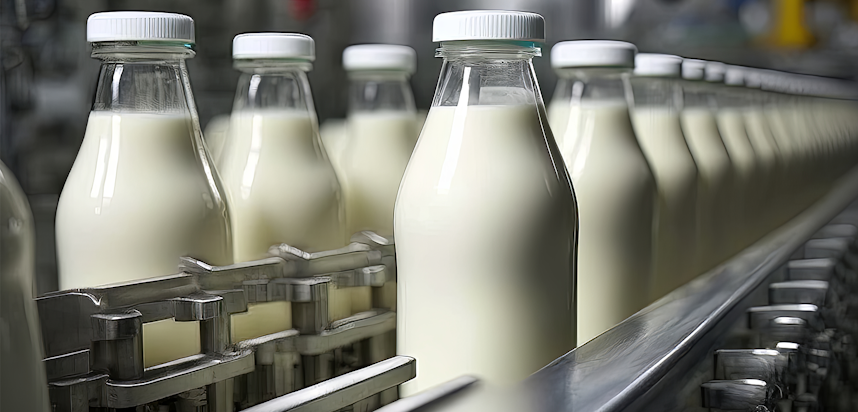
Can you drink raw milk?
You can drink raw milk, but it might be contaminated by germs that make you ill and trigger symptoms such as diarrhoea, upset stomach, vomiting and cramps. Whilst in England, Wales and Northern Ireland it is legal to sell raw drinking milk, it must be sold directly to the consumer by registered milk production farms at the farm gate.
Is milk keto?
Dairy milk is not keto, due to its carbohydrate content.
However, cream is suitable for keto diets because it has a higher fat and lower carbohydrate ratio than milk. Keto eating is based around high consumption of fat and lower consumption of carbs. Plant milks are a good option for those on Keto meal plans.
What is lactose intolerance?
Lactose intolerance is a condition in which the body has a negative reaction to lactose (the sugar found in milk and dairy products) and occurs when the body does not have enough lactase - the enzyme that breaks down lactose. It primarily affects the digestive system.
You may also be interested in…
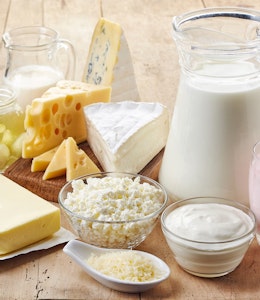
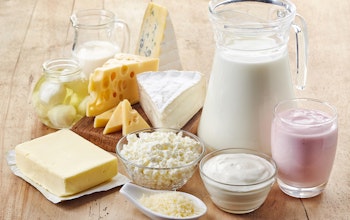
You may also be interested in…
Lactose intolerance - everything you need to know
ReadShort term lactose intolerance can be caused by bacterial or viral tummy bugs like gastroenteritis and may last as little as a few days. Long-term lactose intolerance can be caused by anything from genes or an underlying health condition.
Those with a lactose intolerance commonly treat it by maintaining a dairy or lactose-free diet - however, depending on the severity of the intolerance some find that foods like milk and cheese can be consumed in small quantities without causing too much discomfort.
What is milk fortification?
Milk fortification is the addition of vitamins and minerals to milk to increase its nutritional value. Vitamin D and Vitamin A are the most popular additions to fortified milk, but this happens more in America and other countries than it does in the UK, where milk is rarely fortified.
Why is milk pasteurised?
In the UK milk is pasteurised before sale, which means it is heated to a temperature that kills harmful germs within it, as even healthy cows and other animals can carry germs that are harmful for humans.
